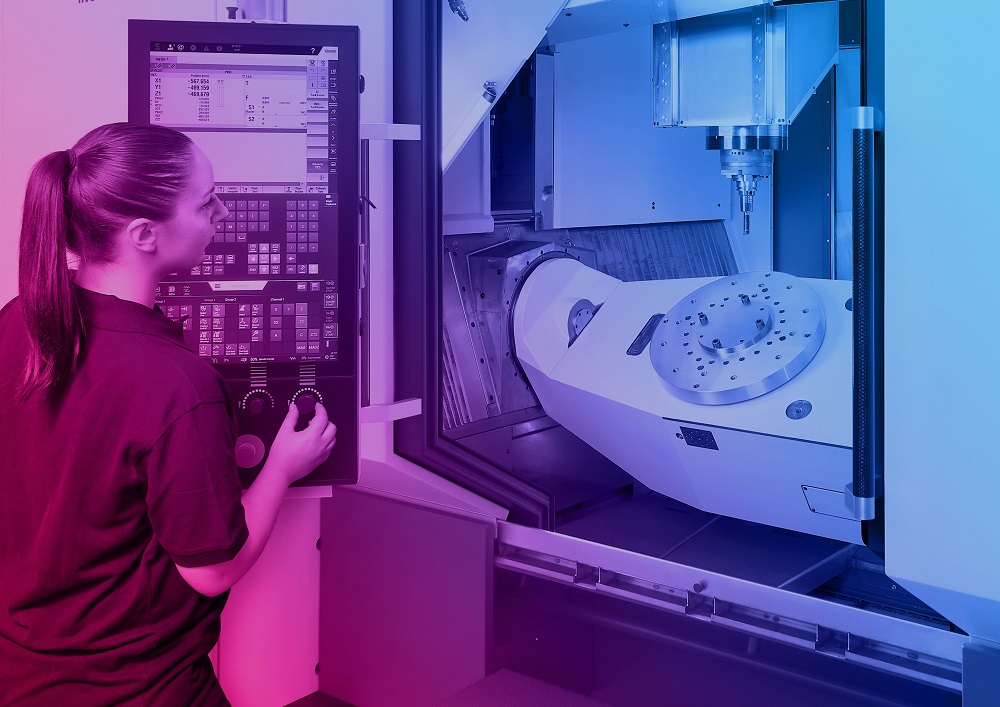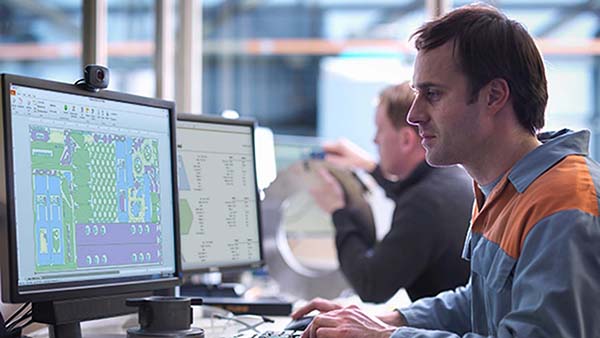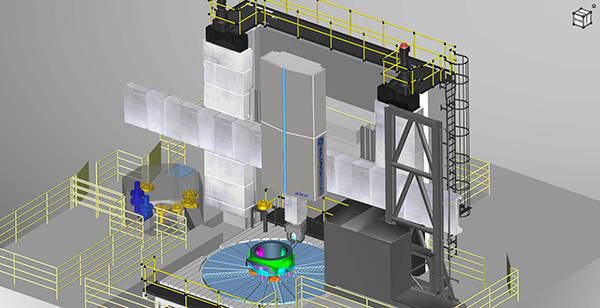A new version of the OPC UA for Machine Tools Companion Specification is now available. The joint working group of the OPC Foundation is supported by the VDW (German Machine Tools Manufacturers’ Association) and has produced a supplement that makes it possible to integrate existing inventory systems. The collection of important operating data and KPIs gives rise to further advantages.
Dr Wilfried Schäfer, executive director of the VDW, is pleased with the progress: “The update of the specification for machine tools sees us pass a further important milestone. This will make the use of the Companion Specifications even more attractive in the future and ensure greater acceptance among industry clients. We hope to provide demonstrations at upcoming trade fairs. Our umati connectivity initiative showcases the open data exchange in a tangible form and naturally plays an important role in this.”
Numerous OPC UA Companion Specifications for machine and plant engineering are currently in development. They enable open interface standards based on OPC UA to be used between machines, devices and software. Just under 50 such specifications are already available or are currently under development. However, before the exchange of data via existing interfaces or systems can be translated into new, open standards, it is becoming clear that future-proof technologies such as OPC UA must first be broadly established on the market. This applies in particular to shop-floor and machine data collection. In most cases, however, customers apply their own in-house standards, which is an obstacle to widespread standardisation.
The new extension of the OPC UA for Machine Tools Companion Specification addresses this dilemma. The first version concentrated on the global monitoring of machine tool status, whereas the focus of the next step, version 1.01.1, is on collecting important operating data and KPIs.
The update is available at https://umati.org/ua4mt























